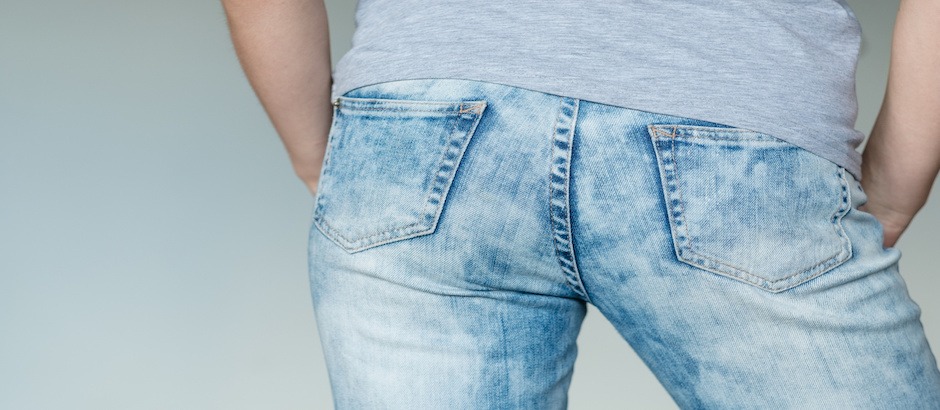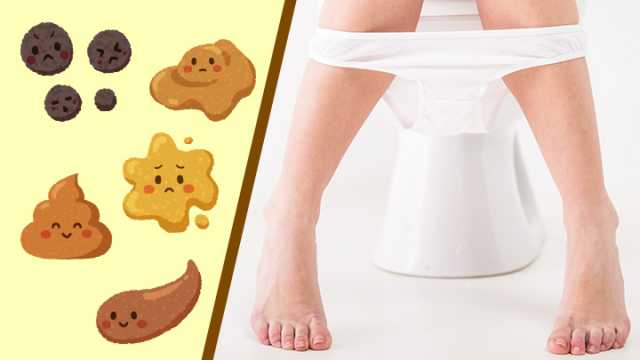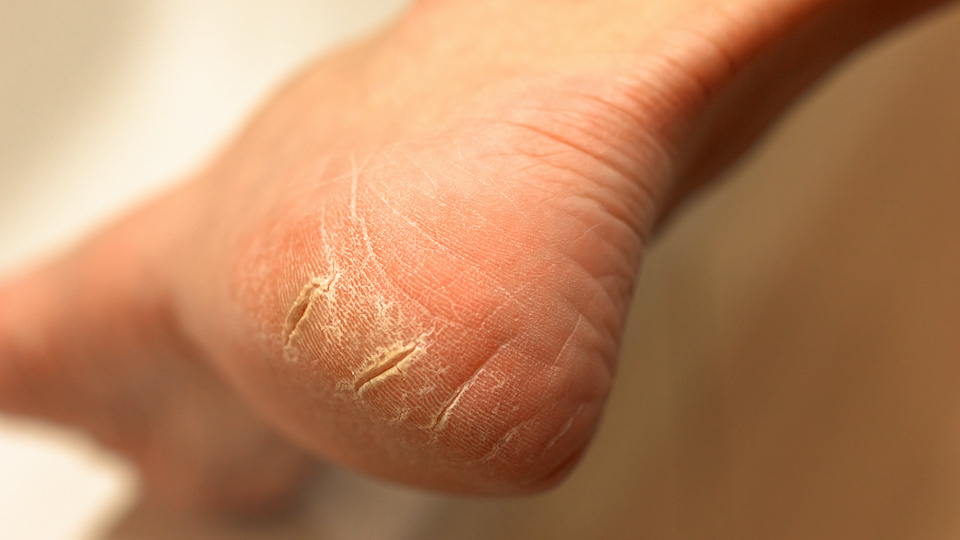The phrase “dead meat” became part of my vocabulary in 1982 when Clubber Lang (played by Mr. T) used it as a threat against Rocky Balboa in Rocky III. Today, I’d like to teach you a similar phrase, although I admit, this one may not ever get a part in a movie. The phrase is “dead butt” which is the catchy term to describe a range of problems that affect the deep muscles of the gluteal region. Read below to learn all about this extremely common “pain in the butt.”
-JL
By now, you probably know that sitting for long periods is not good for your health. Research has linked sitting all day to some concerning conditions including heart disease, obesity, and even cancer. But, did you know that there is another health risk of sitting? It is called gluteal amnesia or “dead butt” syndrome.
Although it sounds kind of like a joke, the condition is real indeed and can be incredibly painful. Gluteal amnesia happens when one of the three most prominent muscles in the body, the gluteus medius, fires incorrectly. People who spend too much time sitting in a chair are at the highest risk, but it can also happen to inactive people who don’t engage their gluteal muscles enough.
One of the primary roles of the gluteus medius is to help stabilize the pelvis. When the pelvis becomes unstable or restricted in its normal range of motion, the muscles that stabilize and support it can go into spasm. That’s why so many people who have hip or back pain may also have dead butt syndrome. Other issues like knee and ankle problems can develop as the body tries to compensate for being out of balance.
It’s about reciprocal inhibition
The process of reciprocal inhibition is the give-and-take relationship between muscles on both sides of a joint. In a healthy relationship, one muscle contracts while a nerve signal alerts the other, opposing muscle to relax.
Spending long hours in a seated position causes the hip flexors to contract while your glutes are resting. This trains your butt to be lazy and weak and can lead to dead butt syndrome.
Active people who have very well-developed quads or hamstrings can develop this syndrome as well.
Do I have a dead butt?
Practitioners conduct a test known as the Trendelenburg test to determine if someone has gluteal amnesia. To do the test the patient lifts one leg in front while standing. If the pelvis drops down on the side of the lifted leg, it indicates weakness in the opposite gluteus medius.
The curvature of the lower back can also be a clue to the diagnosis. Typically, the lumbar spine should have a gentle “swayback” posture. If that curvature is accentuated or flattened, it may be a sign that the hip flexors or lumbar musculature is excessively tight and pulling the spine out of alignment.
How to avoid killing your butt
If you sit for long periods, you must get up and take frequent breaks. Set a timer for every 45 minutes to take a break, walk around your desk or office and do some stretches. This is an excellent time to visit the restroom or the water cooler. Set reminders on your phone to regularly squeeze your gluteal muscles to get the blood flowing and keep them strong.
Be sure to include squats and bridges to your workout routine. Side-lying leg lifts are also a great way to keep your glutes healthy.
How to do a side-lying leg lift
- Lay on your left side with your right leg lifted and your big toe pointing toward the floor.
- Lift your leg slowly and return.
- Go for 10-15 reps of each leg and add a band or ankle weight for resistance.
Mix it up
One of the best ways to avoid dead butt syndrome is to stay moving throughout your daily activities. Change your position frequently by working standing up, sitting on an exercise ball, or walking while you’re on the phone. This keeps your body from getting into a static postural cycle.
If you do think you have dead butt syndrome, a visit to an orthopedist will probably be unproductive. You’re better off with a visit to a naturopathic doctor or a chiropractor who is familiar with biomechanics and gluteal amnesia and will be able to test you for weakness and make suggestions for correction and injury prevention.
Take good care,
Dr. Josh









